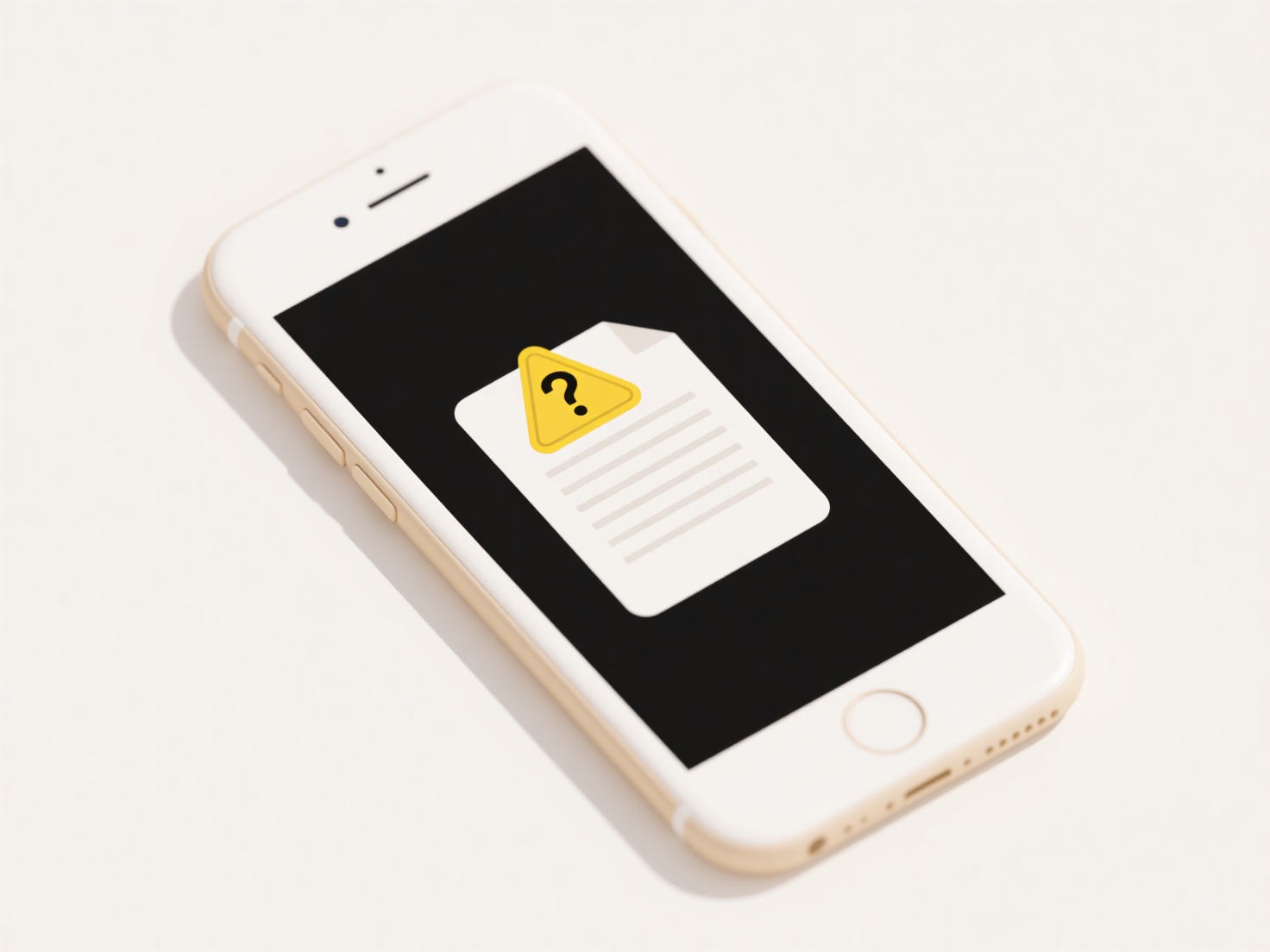
Saving files to Google Drive or Dropbox involves uploading documents to their cloud storage services. Google Drive is Google's integrated service, often accessible within apps like Gmail or Docs. Dropbox is a popular standalone cloud storage platform. To save, you use their website interface, desktop application, or mobile app. Select the desired file(s) and choose the destination folder within your Drive or Dropbox account. The file is uploaded over the internet and stored securely on Google's or Dropbox's remote servers, making it accessible from any device.
Common scenarios include backing up important documents like tax returns directly from your computer into a dedicated "Finance" folder on Drive, accessible later from your phone. Photographers often use the Dropbox mobile app to upload images taken during a shoot directly to their account, freeing up phone space. Professionals across industries like design, education, and business rely on these services for easy file sharing and collaboration features accessible through their web browsers or installed clients.

Cloud storage offers significant advantages like universal access, automatic backups, and easy sharing. However, limitations exist: free accounts have storage caps requiring paid upgrades for heavy users, and upload/download speeds depend on your internet connection. Ethical considerations involve data privacy; users trust providers with sensitive information, highlighting the importance of strong passwords and two-factor authentication. While generally convenient, reliance on stable internet can be a challenge in remote areas.
How do I save files to Google Drive or Dropbox?
Saving files to Google Drive or Dropbox involves uploading documents to their cloud storage services. Google Drive is Google's integrated service, often accessible within apps like Gmail or Docs. Dropbox is a popular standalone cloud storage platform. To save, you use their website interface, desktop application, or mobile app. Select the desired file(s) and choose the destination folder within your Drive or Dropbox account. The file is uploaded over the internet and stored securely on Google's or Dropbox's remote servers, making it accessible from any device.
Common scenarios include backing up important documents like tax returns directly from your computer into a dedicated "Finance" folder on Drive, accessible later from your phone. Photographers often use the Dropbox mobile app to upload images taken during a shoot directly to their account, freeing up phone space. Professionals across industries like design, education, and business rely on these services for easy file sharing and collaboration features accessible through their web browsers or installed clients.

Cloud storage offers significant advantages like universal access, automatic backups, and easy sharing. However, limitations exist: free accounts have storage caps requiring paid upgrades for heavy users, and upload/download speeds depend on your internet connection. Ethical considerations involve data privacy; users trust providers with sensitive information, highlighting the importance of strong passwords and two-factor authentication. While generally convenient, reliance on stable internet can be a challenge in remote areas.
Quick Article Links
How do I handle sensitive file segregation?
Sensitive file segregation involves separating critical or confidential data from less important files using distinct ph...
Can I automate folder audits?
Automating folder audits involves using software tools to systematically check and verify the contents, security setting...
How do I find scanned PDFs that are not searchable?
Non-searchable scanned PDFs are essentially image files within a PDF container. Unlike text-based PDFs created from Word...